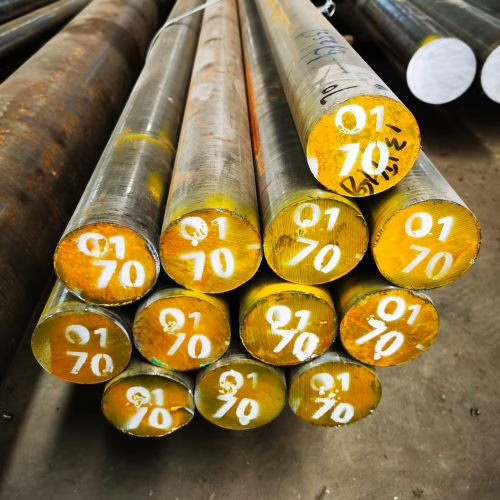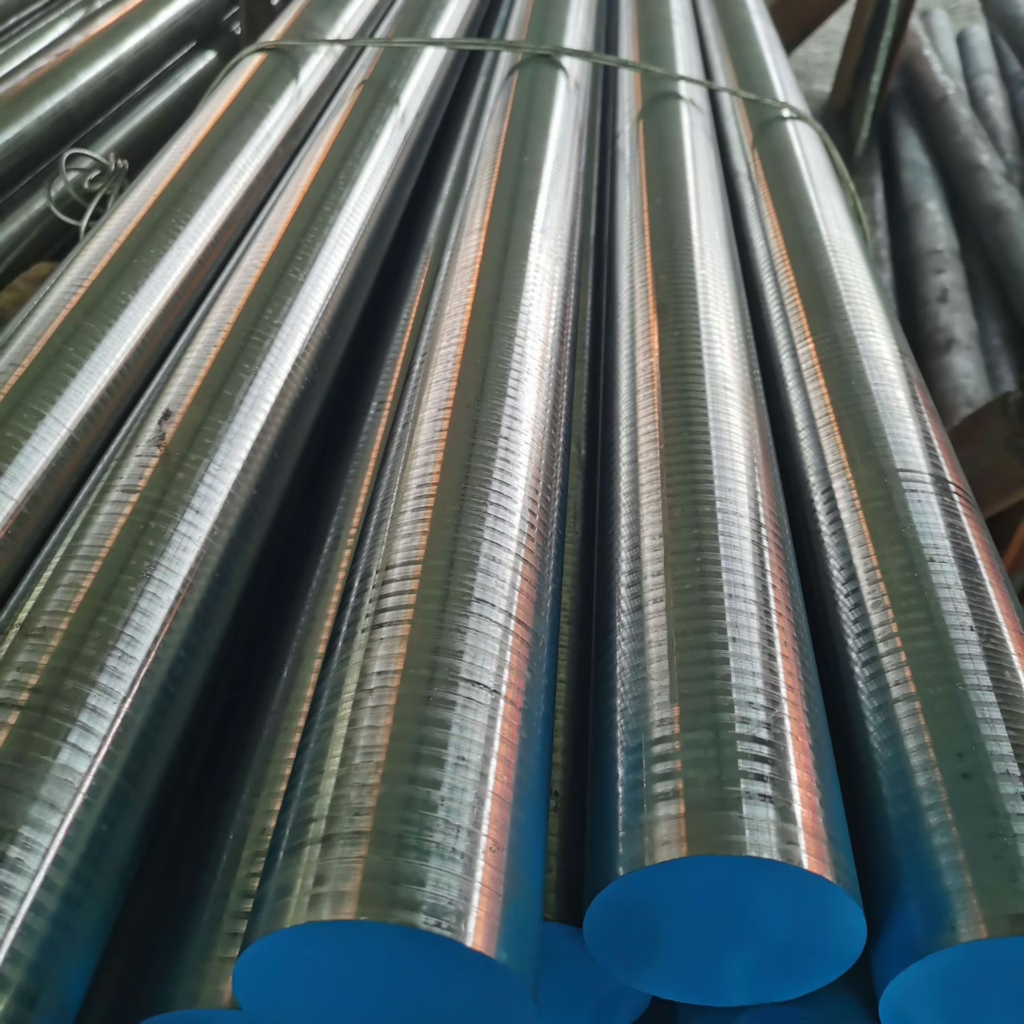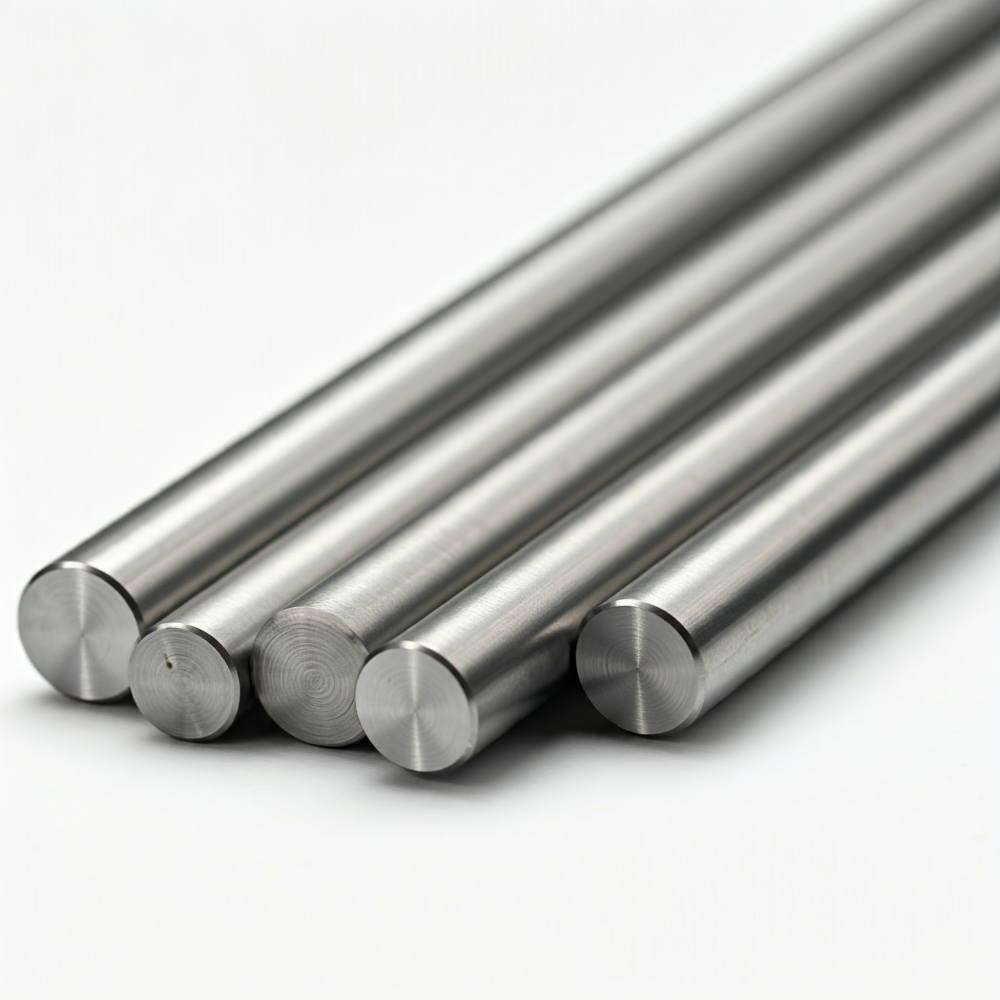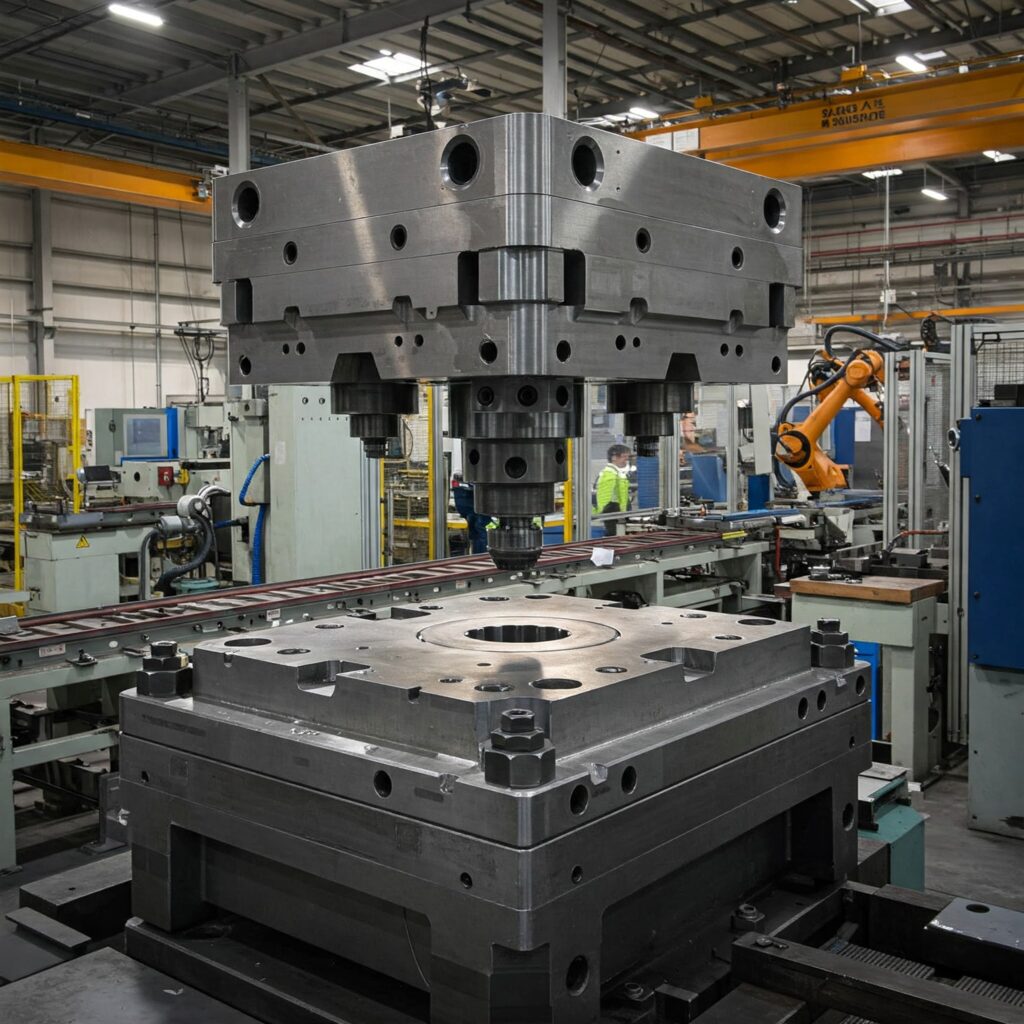Estimated reading time: 5 minutes
Key Takeaways
- Tool steel is essential for manufacturing, providing high hardness and durability through quenching and tempering processes.
- AISI O1 and AISI O2 steel are both oil-hardening cold-work steels, with O1 being more popular for general use, while O2 prioritizes dimensional stability.
- O1 steel has a typical composition that includes carbon, manganese, tungsten, and chromium, making it suitable for sharp cutting edges.
- O2 steel exhibits lower dimensional change and superior quenching safety, ideal for complex geometries.
- When selecting between O1 and O2 steel, choose O1 for its strength and machinability, and O2 for its dimensional stability during heat treatment.
Table of contents


Tool steel is a specialized iron-based material widely used in cutting, forming, shaping, and punching operations within the manufacturing industry. Its defining characteristic lies in its ability to achieve exceptional properties—including high hardness and durability under demanding conditions—through quenching and tempering processes. Tool steel is an indispensable material in modern tooling. Among its numerous classifications, the “O” in the AISI O series denotes oil-hardening, categorizing these steels as cold work tool steels. Their operating temperatures typically remain below 200°C (392°F). When selecting materials for precision dies or punches, people often compare AISI O1 and AISI O2 steels.
Understanding the O-Series: Oil-Hardening Cold-Work Steels
All O-series steels are hardened by oil quenching from the austenitizing temperature. This relatively slow quenching method is employed because these steels contain moderate to high levels of alloying elements, providing sufficient hardenability to bypass the pearlite transformation zone during cooling successfully. This eliminates the need for the severe water quenching required for W-series steels.
Compared to water-quenched tool steels, the key difference lies in delivering lower deformation and reduced risk of cracking. The high hardness and wear resistance characteristics of O-series steels typically make them ideal for manufacturing dies and punches used in blanking, forming, embossing, and drawing applications.
AISI O1 Steel: The Standard General-Purpose Grade
AISI O1 tool steel is the most popular and widely used grade among oil-hardened tool steels.
O1 steel primarily contains manganese, chromium, and tungsten as its main alloying elements.
Its typical chemical composition is approximately as follows:
- Carbon (C): 0.90% to 0.94%
- Manganese (Mn): 1.00% to 1.20%
- Tungsten (W): 0.41% to 0.53%
- Chromium (Cr): 0.47% to 0.52%
- Vanadium (V): 0.19% to 0.22%
The combination of tungsten and manganese provides O1 steel with sufficient hardenability to enable oil quenching. Tungsten contributes to high wear resistance and enables the production of extremely sharp cutting edges, making it suitable for surface finishing tools and woodworking cutters.
In overall performance ratings, O1 typically receives “medium/low” ratings across major performance categories. Wear Resistance: 4 points; Toughness: 3 points; Heat Hardness/Resistance to Softening: 3 points (low). O1 steel exhibits excellent machinability, scoring up to 90 points (for comparison, 1% carbon steel scores 100 points). Its usable working hardness typically ranges from 58 to 62 HRC.
The standard heat treatment process for O1 steel involves heating to the austenitizing temperature, followed by oil quenching and tempering. Its quenching (hardening) temperature is relatively low, typically around 802–816 °C (1475–1500 °F). Tempering is usually performed within a low-temperature range (149–232 °C / 300–450 °F) to achieve the desired hardness. A drawback of O1 is its susceptibility to decarburization during heat treatment and its tendency to crack due to thermal shock associated with oil quenching. When properly oil-quenched, dimensional expansion is expected to be approximately 0.0015 inches per inch.
AISI O2 Steel: Dimensional Stability Priority
O2 steel is also an oil-hardening cold-work tool steel, similar to O1 in general applications, but its defining characteristic is dimensional stability during heat treatment.
In the overall performance rating, O2 steel shares the same ratings as O1: Wear resistance: 4 points; Toughness: 3 points; Heat resistance/resistance to softening: 3 points (low).
The key advantages of O2 lie in its dimensional stability during heat treatment and its quenching safety. Compared to other O-series steels (O1, O6, O7), O2 exhibits the lowest dimensional change (distortion) during heat treatment. O2 is the steel grade within the O-series offering the highest quenching safety (lowest tendency for cracking).
Its low deformation makes O2 highly suitable for tools with complex cross-sections or precision geometric requirements that cannot tolerate significant dimensional changes during quenching.
O1 vs. O2: Key Differentiators and Selection Criteria
While both O1 and O2 belong to the cold-work category and are oil-hardening, their compositional differences lead to subtle but important distinctions in manufacturing and performance characteristics:
Selection Guide
When you require high overall strength, excellent machinability, and leverage its tungsten content for superior cutting edge and wear resistance, O1 is the choice for both short-term and long-term production runs.
When dimensional stability during heat treatment is the primary consideration, especially for complex geometries or large tools where cracking and deformation must be minimized, O2 is the optimal choice within the O series.
These two steels exhibit low resistance to softening (heat resistance) at elevated temperatures and must therefore be restricted to applications below 200°C (392°F).


